Teflubenzuron
- CAS NO.:83121-18-0
- Empirical Formula: C14H6Cl2F4N2O2
- Molecular Weight: 381.11
- MDL number: MFCD00068254
- EINECS: 617-441-5
- SAFETY DATA SHEET (SDS)
- Update Date: 2024-12-18 14:15:32
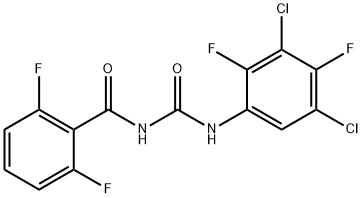
What is Teflubenzuron?
The Uses of Teflubenzuron
Teflubenzuron is an benzoylphenylurea chitin synthesis inhibitor used to control a wide range of insect pests and mites in fruit, vegetable, cereal and seed crops.
The Uses of Teflubenzuron
uSE: Insecticide.
The Uses of Teflubenzuron
Teflubenzuron is used for the control of Lepidoptera, Coleoptera, Diptera, Aleyrodidae, Hymenoptera, Psyllidae and Hemiptera larvae on vines, pome fruit, citrus, vegetables, soyabeans, tobacco and cotton. It also controls fly and mosquito larvae and immature stages of locusts.
Definition
ChEBI: Teflubenzuron is a N-acylurea that is N-carbamoyl-2,6-difluorobenzamide substituted by a 3,5-dichloro-2,4-difluorophenyl group at the terminal nitrogen atom. It has a role as a xenobiotic, an environmental contaminant and an insecticide. It is a dichlorobenzene, a N-acylurea and a difluorobenzene. It is functionally related to a N-benzoylurea.
Metabolic pathway
There is limited published information on the metabolism of teflubenzuron but an IPCS review is in preparation. Metabolic processes reported are cleavage of the urea bond and hydroxylation of both phenyl rings, including replacement of a fluorine in the 3,5-dichloro-2,4-difluorophenyl ring (see Scheme 1).
Degradation
Teflubenzuron is more readily hydrolysed at alkaline pH than in acid media. The DT50 at 50 °C was 5 days at pH 7 and 4 hours at pH 9 (PM).
Toxicity evaluation
Acute oral LD50 for rats: >5,000 mg/kg
Properties of Teflubenzuron
| Melting point: | 221-224° |
| Density | 1.646±0.06 g/cm3(Predicted) |
| vapor pressure | 8 x 10 -7 mPa (20 °C) |
| storage temp. | 0-6°C |
| solubility | DMSO (Slightly), Methanol (Slightly, Heated, Sonicated) |
| form | neat |
| Water Solubility | 0.019 mg l-1 (23 °C) |
| pka | 8.16±0.46(Predicted) |
| color | White to Off-White |
| Merck | 13,9190 |
| BRN | 8229925 |
| CAS DataBase Reference | 83121-18-0(CAS DataBase Reference) |
| EPA Substance Registry System | Teflubenzuron (83121-18-0) |
Safety information for Teflubenzuron
| Signal word | Warning |
| Pictogram(s) |
 Health Hazard GHS08  Environment GHS09 |
| GHS Hazard Statements |
H373:Specific target organ toxicity, repeated exposure H410:Hazardous to the aquatic environment, long-term hazard |
| Precautionary Statement Codes |
P260:Do not breathe dust/fume/gas/mist/vapours/spray. P273:Avoid release to the environment. P314:Get medical advice/attention if you feel unwell. P391:Collect spillage. Hazardous to the aquatic environment P501:Dispose of contents/container to..… |
Computed Descriptors for Teflubenzuron
New Products
Tert-butyl bis(2-chloroethyl)carbamate (S)-3-Aminobutanenitrile hydrochloride N-Boc-D-alaninol N-BOC-D/L-ALANINOL N-octanoyl benzotriazole 4-Hydrazinobenzoic acid 3,4-Dibenzyloxybenzaldehyde 1,1’-CARBONYLDIIMIDAZOLE R-2-BENZYLOXY PROPIONIC ACID 1,1’-CARBONYLDI (1,2-4 TRIAZOLE) 4-HYDROXY BENZYL ALCOHOL 3-NITRO-2-METHYL ANILINE (2-Hydroxyphenyl)acetonitrile 4-Bromopyrazole 5-BROMO-2CYANO PYRIDINE 5,6-Dimethoxyindanone 5-broMo-2-chloro-N-cyclopentylpyriMidin-4-aMine 4-methoxy-3,5-dinitropyridine 2-(Cyanocyclohexyl)acetic acid 2-aminopropyl benzoate hydrochloride 1-(4-(aminomethyl)benzyl)urea hydrochloride tert-butyl 4- (ureidomethyl)benzylcarbamate diethyl 2-(2-((tertbutoxycarbonyl)amino) ethyl)malonate Ethyl-2-chloro((4-methoxyphenyl)hydrazono)acetateRelated products of tetrahydrofuran
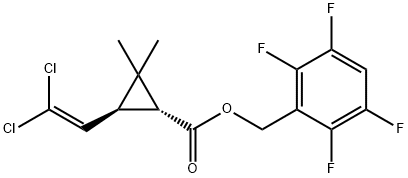
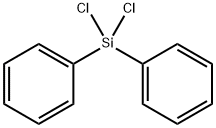
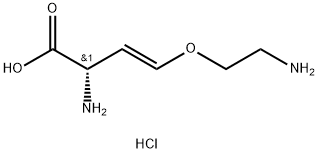
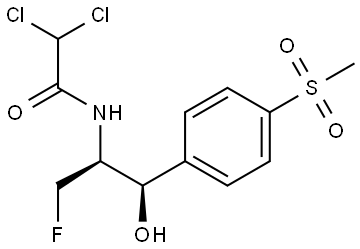



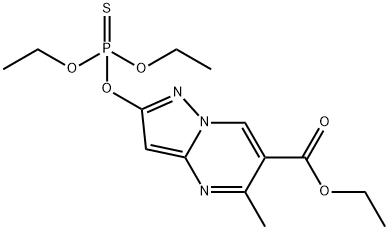
You may like
-
 Teflubenzuron CAS 83121-18-0View Details
Teflubenzuron CAS 83121-18-0View Details
83121-18-0 -
 55441-95-7 99%View Details
55441-95-7 99%View Details
55441-95-7 -
 N-Vinylformamide 99%View Details
N-Vinylformamide 99%View Details
13162-05-5 -
 Chloro Uracil 1820-81-1 99%View Details
Chloro Uracil 1820-81-1 99%View Details
1820-81-1 -
 207557-35-5 99%View Details
207557-35-5 99%View Details
207557-35-5 -
 2-ethyl-6-methyl-3-hydroxypyridine succinate 99%View Details
2-ethyl-6-methyl-3-hydroxypyridine succinate 99%View Details
127464-43-1 -
 2-ETHYLPYRIDINE 100-71-0 99%View Details
2-ETHYLPYRIDINE 100-71-0 99%View Details
100-71-0 -
 181228-33-1 (S)-Methyl 3-amino-2-((tert-butoxycarbonyl)amino)propanote Hydrochloride (DAP-OMe. HCl) 99%View Details
181228-33-1 (S)-Methyl 3-amino-2-((tert-butoxycarbonyl)amino)propanote Hydrochloride (DAP-OMe. HCl) 99%View Details
181228-33-1